Do you have sweaty feet? 5 tips to keep them clean and prevent them from smelling
With around 250,000 sweat glands on them, it’s no wonder feet often get clammy – and stinky – quickly.
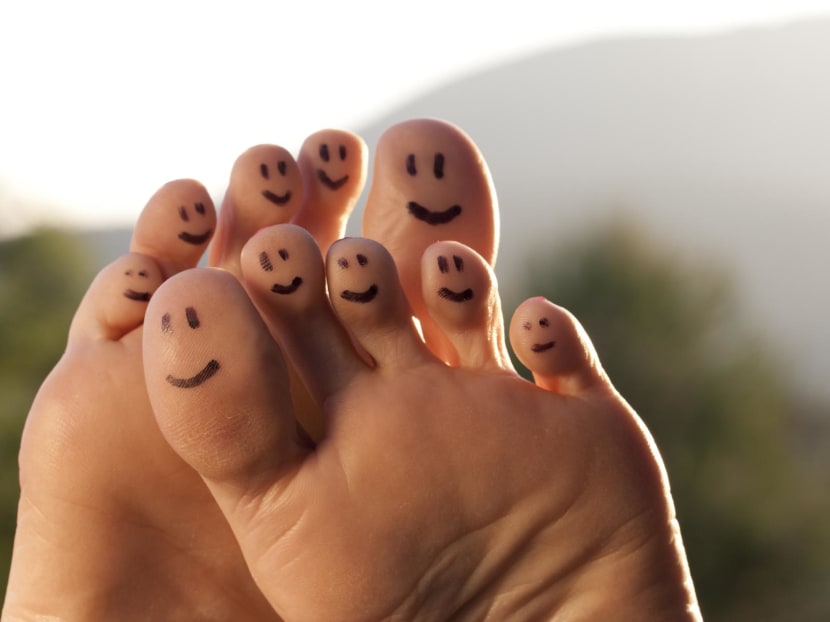
Have sweaty feet? Here’s how to keep them clean and smell-free. (Photo: iStock)
Sweat, however embarrassing a topic it might be, is something that we all have to deal with – particularly in this heat we live in. We sweat in areas where there are sweat glands, and these glands are found all over the body, existing in larger numbers in certain zones.
No prizes for guessing where these are – the areas where you sweat most profusely include the forehead, palms, armpits and feet.
Did you know that of all the sweaty body parts, the soles of your feet have the most number of sweat glands? There are 250,000 to be exact. This is why they can easily smell offensive, after being trapped in covered shoes all day. Sufferers of hyperhidrosis, a medical condition in which one has overactive sweat glands, are prone to having sweaty feet.
But whether you sweat excessively or not, no one likes to have sticky or stinky feet, even more so when they are exposed in situations when there are plenty of people around who may get a whiff of them.
What can one do to keep feet fresh and odour-free? Here are a few easy ways to stay dry and fresh-smelling.
1. USE FOOT POWDER OR FOOT DEODORANT
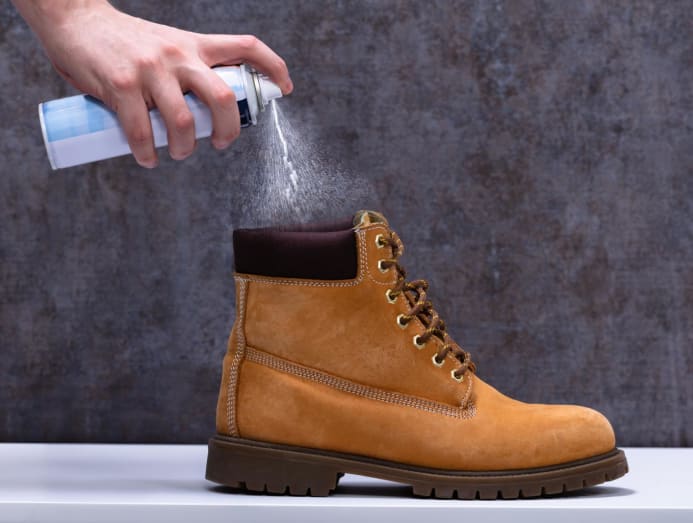
The bacteria in sweat is what raises a stink, literally, so it makes sense to keep the feet dry in order to keep them odour-free. Foot powder is meant for absorbing wetness while you’re wearing your shoes – a good dusting before you head out for the day will keep feet feeling fresh and comfortable too.
If you need a stronger formula, choose one with antibacterial properties or opt for a foot deodorant instead, which contains antiperspirant ingredients that help “block” or reduce sweating, besides neutralising bad smells.
2. CHOOSE BETTER-VENTILATED SHOES
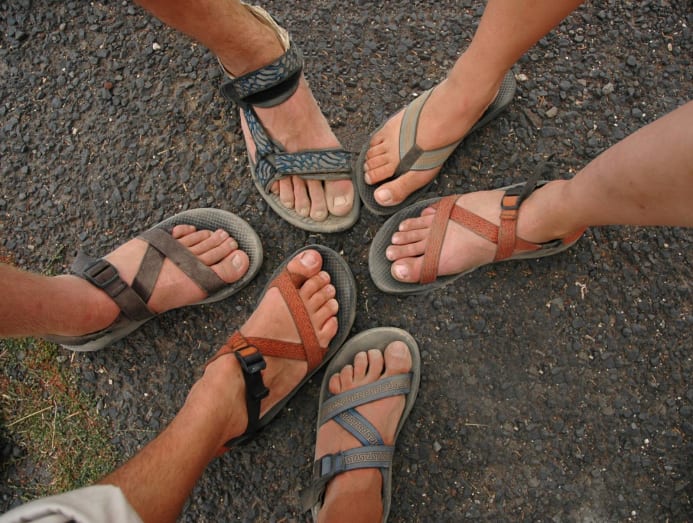
It’s tough to avoid sweating in closed-toe shoes, which trap heat and odours, particularly when worn in hot weather. Synthetic materials tend to be less breathable than natural hides like leather and suede, but there are also shoes made with the former that are designed to be better ventilated, such as sneakers and slip-ons with mesh tops.
Women have more footwear options in this respect – for example, sandals and open-toe shoe styles allow for better airflow, which translates to sweat-free feet.
3. WEAR SOCKS
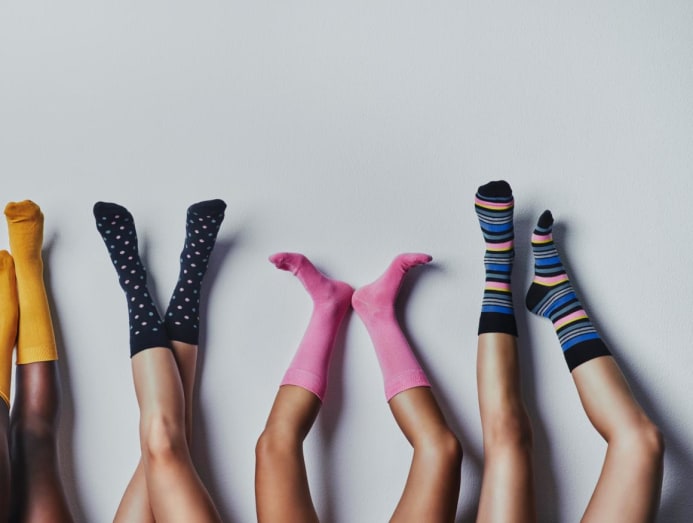
You’re right if you think socks absorb sweat and thus may help reduce odour issues – but, when chosen wrongly, they can actually worsen the situation. Generally speaking, socks made out of natural fibres are not as suffocating as synthetic materials.
With that said, there are some socks that are made out of blends of both these categories of materials and are designed to increase ventilation and be moisture-wicking. It’s worth trying these out but also keep in mind that hygiene is even more important – change them for a fresh pair after every wear and wash them thoroughly.
Tabi socks – or five-toe socks – provide some absorption in between the toes and may be a good option for those whose feet sweat profusely.
4. WASH YOUR FEET
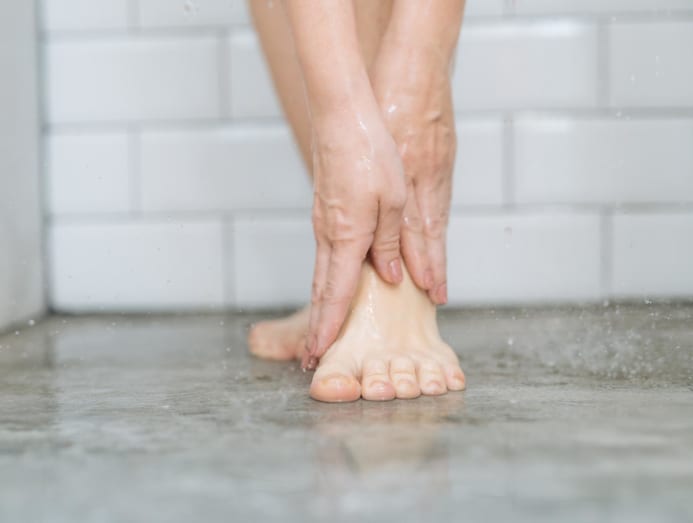
Wash them properly, we mean, with antibacterial soap. Devote a few more seconds to thorough cleaning, which means soaping well between the toes as well as across the soles. We neglect our feet much more than we think – while pedicure-level daily care is not necessary, basic maintenance of foot hygiene is mandatory, especially if you have sweaty feet.
5. USE DEODORISING INSOLES IN SHOES
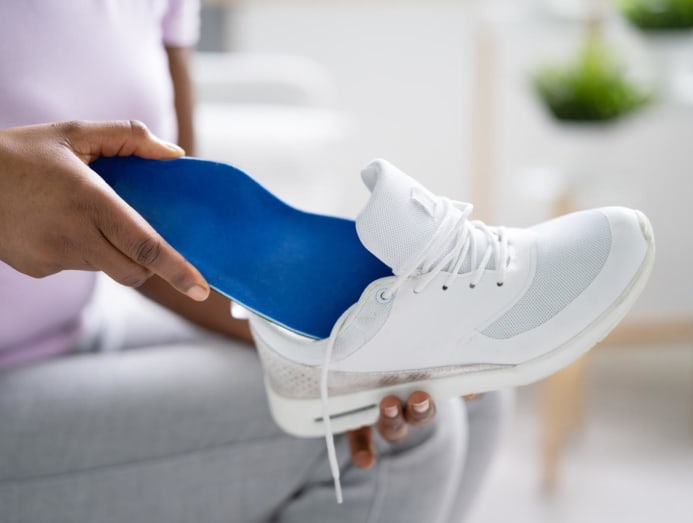
Such insoles are designed mainly to deodorise your shoes, but they can also help absorb excessive sweat from your soles that may seep through socks and help neutralise any offensive smell.
But, because they’ll absorb sweat, they’ll gradually accumulate bacteria as the deodorising effect weakens and will need to be replaced from time to time.









